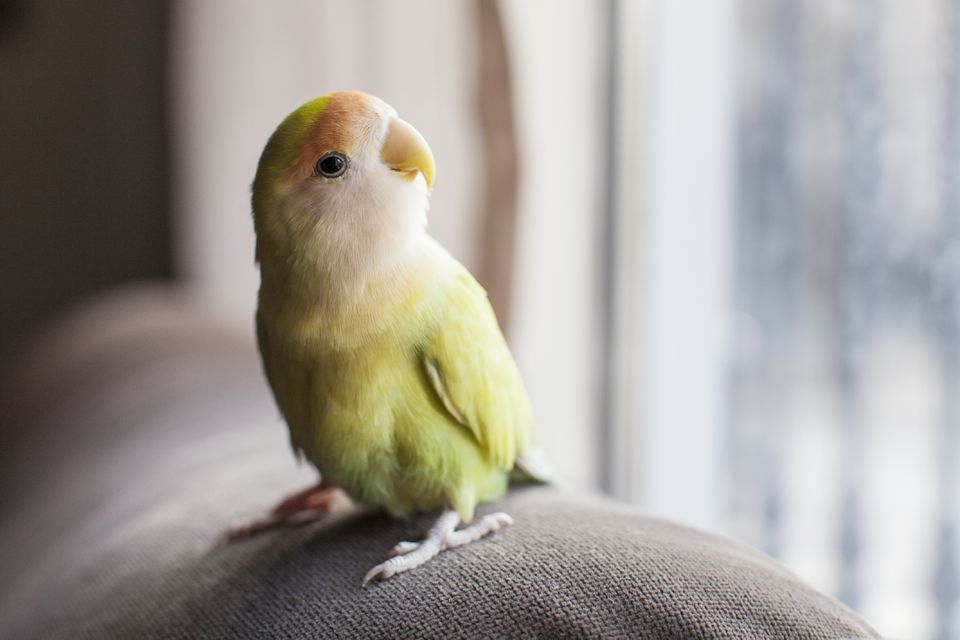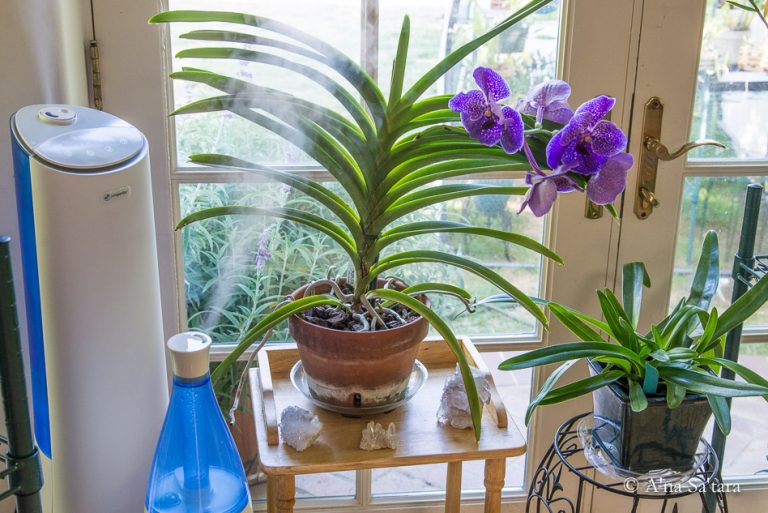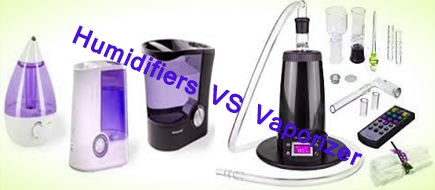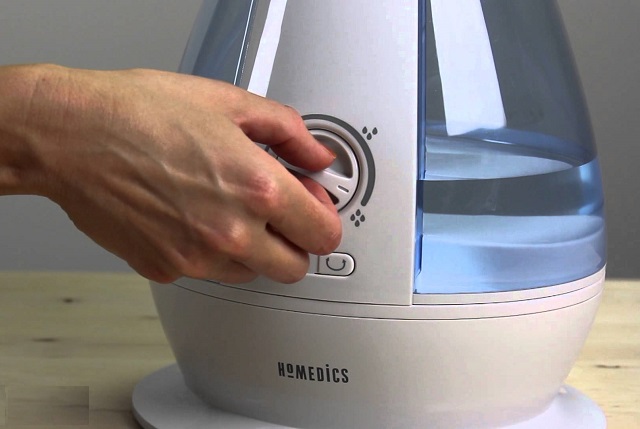Choosing the Right Mist Humidifier for Your Bird’s Health
Choosing the right mist humidifier for your feathered friends isn’t just about comfort; it’s about their health. I’ve seen firsthand how the right humidity levels can make a world of difference in a bird’s life. That’s why I’m here to guide you through selecting the perfect humidifier for your avian companions.
We’ll dive into the essential features to look for, from adjustable mist settings to easy cleaning designs. I’ll also share tips on how to maintain optimal humidity levels that’ll keep your birds chirping happily. Stick with me, and you’ll discover how to create a thriving environment for your pets with the perfect mist humidifier.
Understanding the Importance of Mist Humidifiers for Birds
When caring for birds, we often focus on their diet and cage, but humidity is a critical aspect that’s frequently overlooked. Birds are naturally adapted to environments that are more humid than our homes typically are. In my experience, maintaining a balanced humidity level is vitally important for their respiratory systems and overall health.
Dry air can lead to a host of problems for avian companions, including dry skin, itchy feathers, and increased vulnerability to respiratory issues. It’s not uncommon for pet birds to suffer in silence. That’s why it’s crucial to monitor the humidity levels within their living space.
A mist humidifier does more than just add moisture to the air. It creates a more natural and comfortable environment for birds, mimicking the conditions they’d experience in the wild. With the right humidifier, feathers remain healthy and vibrant, and the likelihood of respiratory issues is significantly reduced.
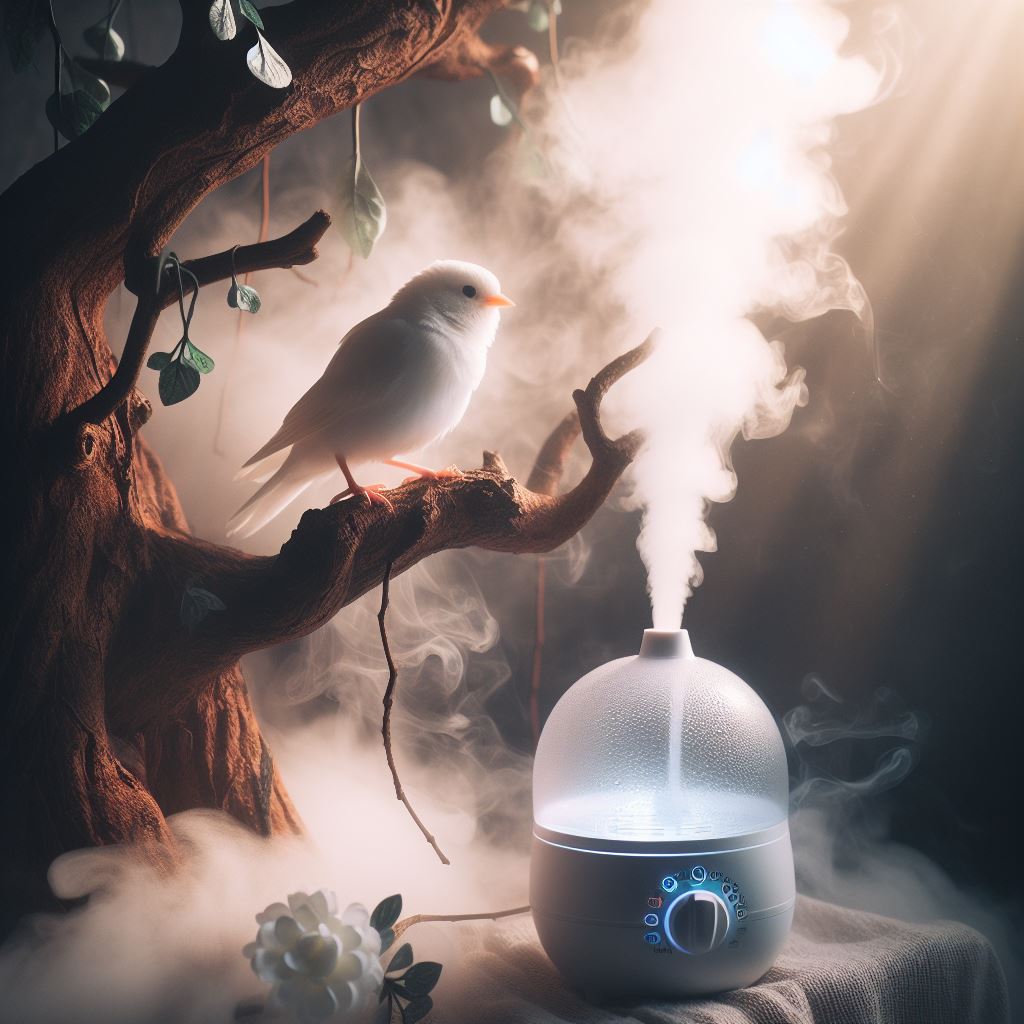
Key Benefits of Using a Mist Humidifier for Birds
- Enhanced Feather Condition: A mist humidifier helps keep feathers clean and fluffed, which is essential for temperature regulation and the overall health of your bird.
- Respiratory Health: Proper humidity levels can reduce the dust and dander in the air, which are potential irritants for a bird’s respiratory system.
- Behavioral Improvement: Birds in a more comfortable environment exhibit more natural and active behaviors, engaging more with their surroundings and their human caretakers.
Remember, the adjustability of the mist output is a feature to look out for. Birds have varying needs based on their species, size, and the current climate. A humidifier that offers a range of settings will cater to these specific requirements better, ensuring that you can keep the humidity at an ideal level throughout the year.
Regular monitoring of the humidity levels in your bird’s environment is a responsible practice. Consider a humidifier with a built-in hygrometer or invest in a separate device to keep track of the moisture in the air. By closely observing and controlling the environment, you’re taking meaningful steps toward optimizing your bird’s health and comfort.
Factors to Consider When Choosing a Mist Humidifier for Birds
When it’s time to pick a mist humidifier for your feathered friends, it’s crucial not to fly by the seat of your pants. Several factors need your careful consideration to ensure you make a stellar choice that benefits your birds and is easy for you to maintain.
Tank Capacity and Runtime Look for humidifiers with a large tank capacity that correlates to longer runtimes. This means less frequent refills and consistent humidity levels for your birds, creating a stable environment conducive to their health.
- Large tank: Less refills
- Consistent humidity: Healthier birds
Adjustability of Mist Output Your birds are unique, and so are their needs. A humidifier with adjustable settings allows you to control the amount of moisture released into the air, which is crucial for catering to different species’ requirements.
- Adjustable settings: Personalize to your bird’s needs
- More control: Better environmental management
Ease of Cleaning Humidifiers need regular cleaning to prevent mold and bacteria growth. A model designed with simplicity in mind will save you time and protect your birds from potential health hazards.
- Easy cleaning: Saves time
- Health protection: Prevents mold and bacteria
Noise Level Birds can be sensitive to noise, so choosing a humidifier that operates quietly will help maintain a peaceful and stress-free space for them.
- Quiet operation: Less stress for birds
Safety Features Look for humidifiers with auto shut-off when the water runs low. This safety feature not only conserves energy but also prevents the unit from damage and keeps your birds safe from any potential hazards.
- Auto shut-off: Energy-efficient and safe
Compatibility with Medications or Supplements If you use medicated water or supplements, ensure the humidifier is compatible and can effectively disperse these additions without clogging or causing damage.
- Medication compatibility: Ensures effective dispersion
By weighing these factors, you’ll be well on your way to choosing the perfect mist humidifier for your aviary. Remember that the health and comfort of your birds are what matters most, so consider these points carefully before making a decision.
Adjustable Mist Settings: A Must-Have Feature
When I’m out hunting for the perfect mist humidifier for my feathered friends, I always zero in on models with adjustable mist settings. This feature is non-negotiable because it allows me to tailor the humidity levels to my birds’ exact needs. Various species require different humidity levels, and even changes in weather can call for adjustments.
To put it plainly, mist settings can typically be adjusted from low to high, altering the amount of mist expelled into the air. Here’s what I consider:
- Low settings are great for maintaining a base level of humidity without making drastic changes to the environment.
- High settings can quickly increase humidity levels during particularly dry days or when your birds are showing signs of distress from lack of moisture.
Also, it’s crucial to note that birds, just like people, are sensitive to drastic changes. A humidifier with a dial or digital control panel for mist adjustment makes it easy to incrementally increase or decrease humidity, avoiding any potential shock to your birds’ system.
Another critical aspect is the timer function, which allows for the automation of mist output. I prefer humidifiers with this feature because it gives me peace of mind, knowing that the birds are getting the right amount of humidity even when I’m not around to monitor it manually.
When assessing a humidifier’s adjustable mist settings, I always check:
- The range of control
- The precision of the settings
- The ease of use for the owner
A humidifier that hits the sweet spot on all three is a godsend. It ensures a comfortable habitat for the birds and a hassle-free experience for me. Remember, the goal is to replicate a bird’s natural environment as closely as possible, and fine-tuning humidity is a vital piece of that puzzle.
Humidifier Size and Capacity: Finding the Right Fit for Your Bird’s Habitat
When considering the size and capacity of a mist humidifier for our feathered friends, it’s essential to strike a balance between the physical space available and the needs of your bird. Bird species vary greatly in size, and so do their enclosures. A small travel cage, for example, won’t require the same output as a large aviary.
I always suggest measuring the space where the humidifier will be placed to ensure it fits comfortably without crowding the area or becoming an obstacle. As a general rule, you’ll want a humidifier that can run for at least 8-10 hours, to ensure that the birds are not left in a dry environment while you’re away or asleep. Additionally, consider the tank capacity; a larger tank means fewer refills, which is convenient for busy bird owners.
| Size of Bird Enclosure | Recommended Humidifier Capacity |
|---|---|
| Small cage (up to 30 inches) | 0.5 – 1 gallon |
| Medium cage (30-60 inches) | 1 – 2 gallons |
| Large cage or aviary (over 60 inches) | 2+ gallons |
It’s important to note that while a larger capacity humidifier may seem like an easy solution, it’s not just about how much it holds but also how effectively it can maintain consistent humidity levels. Always check for adjustable output settings, which can help cater to the size and needs of your bird’s habitat without over-saturating the air.
Moisture levels too high can prompt mold growth, and too low can pose respiratory problems for birds. Choosing a humidifier with a built-in hygrometer can aid in monitoring and maintaining the correct humidity levels.
My experience has shown that location is also critical. Place the humidifier in a spot that allows for even distribution of mist throughout the cage or aviary. Avoid positioning it directly next to your bird’s living space to prevent any risk of respiratory issues from too-close exposure.
Remember, the goal is not to transform the habitat into a rainforest, but to emulate a natural and comfortable environment for your birds. With the right size and capacity of humidifier, you’ll be ensuring their health and happiness without unnecessary hassle.
Cleaning and Maintenance: Keeping Your Mist Humidifier Bird-Friendly
Regular cleaning and maintenance of your mist humidifier isn’t just about prolonging the life of the device—it’s essential for the health and wellbeing of your birds. Bacteria and mold thrive in damp environments, and a neglected humidifier can become a breeding ground for these harmful organisms. That’s why I recommend establishing a routine cleaning schedule to keep everything running smoothly and safely.
The first step in this process is to empty and refill the water tank daily. I make it a habit to use distilled or demineralized water, which minimizes potential mineral build-up and keeps the mist clean for my feathered friends.
At least once a week, the tank and any other detachable parts should be thoroughly cleaned. I use a solution of equal parts water and white vinegar to scrub away any slime or residue that could harbor bacteria. It’s important to rinse all the parts well to ensure no vinegar smell is left behind, as strong odors can affect a bird’s delicate respiratory system.
Monthly, you’ll need to go a step further. I like to disassemble my humidifier as much as the manufacturer allows and give it a deep clean. This sometimes includes using a small brush or a toothbrush to get into crevices and remove any lurking grime. Don’t forget to check the filters if your humidifier has them. Replace or clean them as needed; I find that this typically needs to be done every 1 to 3 months, depending on the manufacturer’s recommendations and the usage frequency.
It’s also crucial to ensure that the area around the humidifier is kept dry and clean. Any moisture should be wiped away promptly to prevent slips or the growth of mildew.
Always refer to the manufacturer’s instructions for specifics, as some models may have unique components or maintenance requirements. By keeping on top of the cleaning and maintenance, you’re not just caring for the humidifier, you’re protecting the respiratory health of your birds and creating that ideal, comfortable environment that emulates their natural habitat.
Maintaining Optimal Humidity Levels for Happy and Healthy Birds
Humidity levels are crucial for the well-being of birds. The ideal humidity range for most birds is between 40% and 60%. This range helps keep their respiratory systems healthy and their feathers in top condition. Humidity that’s too low can lead to dry skin and respiratory issues, while humidity that’s too high can encourage the growth of mold and bacteria.
I’ve found that a reliable way to monitor humidity levels is by using a hygrometer. This device measures the moisture in the air, giving you precise control over the environment in the bird’s living space. I always make sure to place the hygrometer away from the direct mist of the humidifier to get an accurate reading.
Ensuring humidity levels are stable involves not just setting up a humidifier, but also regularly monitoring and adjusting the output. Birds are sensitive creatures, and abrupt changes in their environment can cause stress or health problems. That’s why I recommend investing in a humidifier with adjustable settings to tailor the output to the current needs of the environment.
Here are some tips to maintain optimal humidity:
- Check the hygrometer readings several times a day.
- Adjust the humidifier settings as needed, particularly during seasonal changes.
- Keep the humidifier clean to ensure it’s functioning efficiently.
- Make note of your bird’s behavior as it can indicate comfort or distress related to humidity levels.
By taking these steps, maintaining proper humidity becomes a simple part of your daily routine. Your birds’ feathers will remain pristine, and their energetic chirps will be a testament to their comfort. Remember, a bird’s habitat is key to its livelihood, and as such, keeping a close eye on humidity contributes to a joyful and vivacious companion.
Conclusion
Choosing the right mist humidifier for your feathered friends isn’t just about comfort—it’s about their health. I’ve shared how vital it is to maintain the sweet spot of 40-60% humidity and the necessity of using a hygrometer to keep those levels in check. Remember, it’s not just set and forget; it’s about making adjustments and keeping things clean for the ultimate bird haven. Watch your birds; they’ll tell you if you’ve got it right. Here’s to creating the perfect atmosphere for your birds to thrive!

